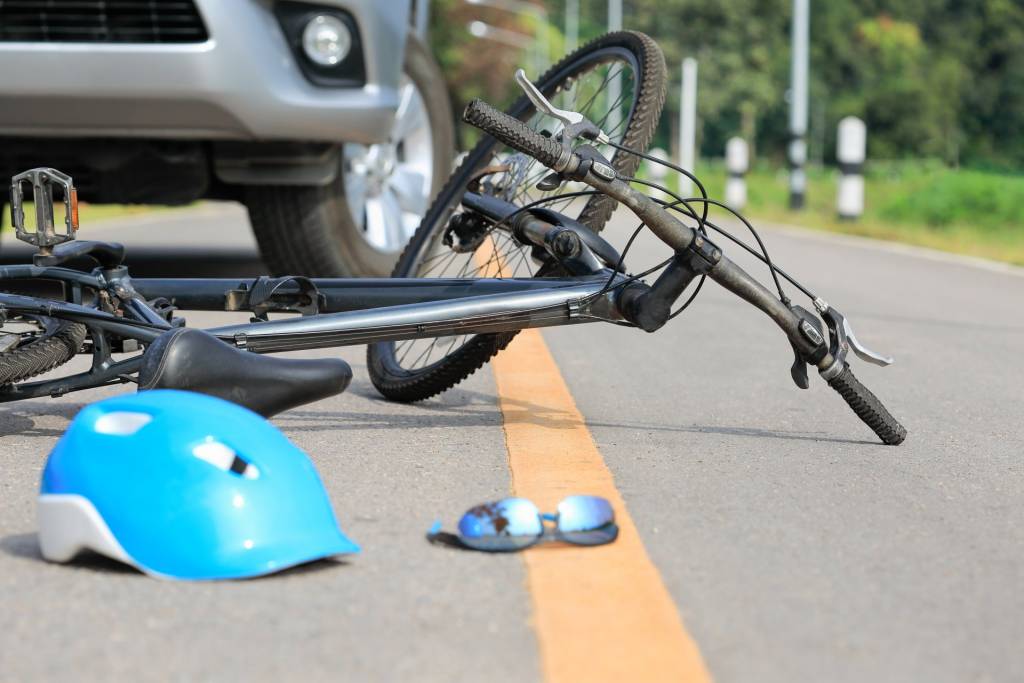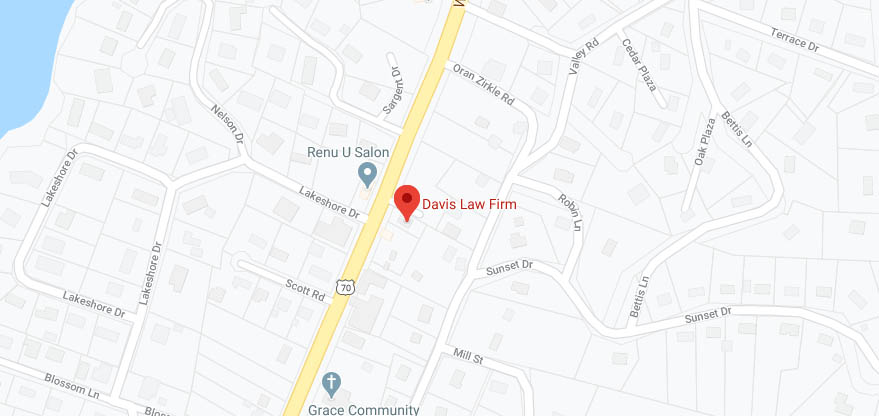Rear-end car accidents happen unexpectedly for the driver in the front because most people do not see the car coming towards them in time to move. First, the head is jolted back, then the airbags impact the head and chest. This blunt trauma can result in a variety of injuries to the head and abdominal regions, some of which may require surgery or long-term recovery. Airbags alone are known to cause skin burns and rashes.
The good news about rear-end collisions is that they are mostly viewed as the other driver’s fault, although there are exceptions. You can talk to a Tennessee car accident lawyer to start the process of obtaining compensation for your injuries.
Airbag Burns
Airbags deploy at rapid velocities under high pressure. The speed with which airbags rub against the skin of the face, neck, and chest can induce superficial and partial-thickness burns. However, the majority of these burns are caused by the chemicals that airbags can release, like sodium hydroxide. Friction and high-temperature gases can also cause burns during airbag deployment.
Types of Head Trauma
Any violent throwing of the head and neck can induce damage to the muscle tissues, bones, nerves, and brain tissue. The three main types of head trauma caused by rear-end collisions are traumatic brain injuries, whiplash, and facial deformations.
Traumatic brain injuries describe damage to brain tissue. This damage can lead to problems in thinking, concentration, and movement. Depending on the severity of the injury, some people can recover in a short period of time, whereas others may need lifelong assistance.
Whiplash is a neck injury that causes pain, stiffness of the neck, headaches, fatigue, and trouble sleeping. Some people improve within a few weeks with exercise and pain medications, but, in unfortunate cases, others experience chronic pain that can last years. Chronic pain can make sleep difficult, which can worsen fatigue and concentration.
Facial deformities happen most often when an airbag malfunctions, which removes any cushion against the steering wheel and dashboard.
Spinal Cord Injuries
Spinal cord injuries can happen from cracked spines or disc slips between the vertebrae. This can result in a lack of movement or feeling below the site of the injury. Some people improve with physical therapy, but others may be in an electronic wheelchair for most of their life. This is because nerve cells do not regenerate like other cells in the body, which means healing is not possible. The plasticity of the brain is what helps some people regain lost skills through intensive physical therapy and other treatments.





